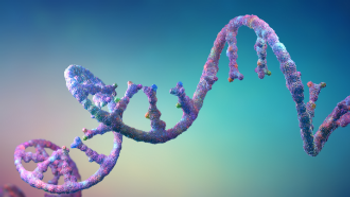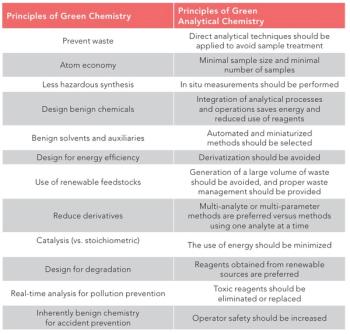
Analysis of Microplastics in Roadside Debris by Py-GC-MS
In this application note using Py-GC-MS and F-Search MPs 2.0 mass spectral search software (from Frontier Laboratories Ltd.), qualitative and quantitative analysis of MPs present in sand, soil, and other material that accumulates on the road shoulders were performed individually without pretreatment. F-Search MPs 2.0 supports easy identification and quantitation of unknown MPs in the environment.
Small plastic particles with diameters up to 5 mm are known as microplastics (MPs). There are now concerns about the impact of such MPs on environmental pollution and human health. In recent years, identification and quantitation using pyrolysis-GC- MS (Py-GC-MS) have been considered to evaluate the chemical properties of MPs.
Experimental Conditions
An MP calibration reference sample containing the 12 types of plastic with the highest global production quantities (MPs- CaCO3 from Frontier Laboratories Ltd.) was used as a standard sample for qualitative and quantitative analysis. 0.4, 2.0, and 4.0 mg quantities of the MP calibration reference sample were placed in each sample cup, with quartz wool inserted to prevent scattering, and then analyzed.
Results
Real sample was measured, and similarity search for the detected peaks were performed. The results showed a 90 % or over similarity to 6 types of plastic, PMMA, N66, SBR, PET, PE, and PS. For the plastics with a 90 % or over similarity, quantitation values and their percent content were calculated based on the calibration curves created (Table 1). PE is the highest percent rate. It is assumed originated from container packaging materials, agricultural films, and other materials based. SBR is second and used in the tire tread (the part in direct contact with the ground), and presumably derive from tire wear.
Conclusion
This article described qualitative and quantitative analysis of MPs accumulated on the road shoulders using Py-GC-MS. The calibration curves created from the MP calibration reference sample provided good results. Py-GC-MS and F-Search MPs 2.0 software enable qualitative and quantitative analysis of multiple MPs in environmental samples individually. This method improves the simplicity and efficiency of analysis without pretreatment steps.
Newsletter
Join the global community of analytical scientists who trust LCGC for insights on the latest techniques, trends, and expert solutions in chromatography.




